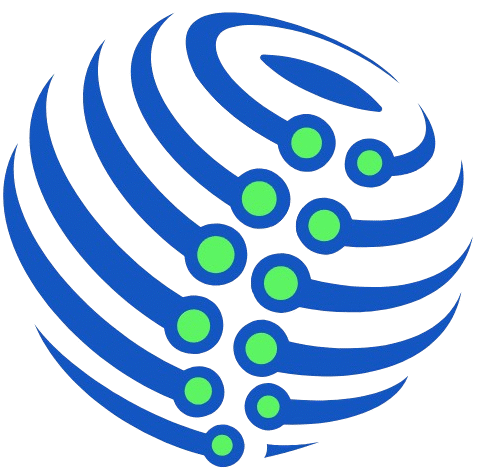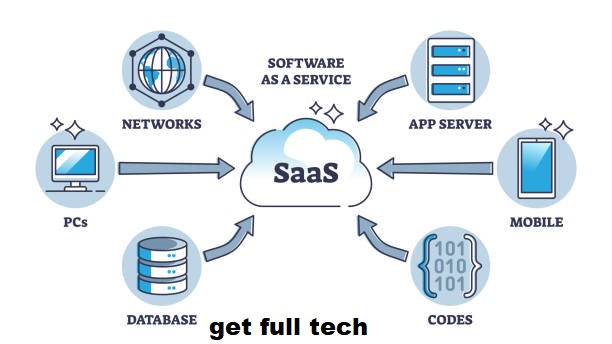n today’s tech-driven world, businesses of all sizes are using SaaS applications to boost productivity, improve collaboration, and streamline operations. However, as the number of SaaS tools increases, managing them can become overwhelming. This is where a SaaS management platform (SMP) comes in, offering businesses the tools to manage costs, optimize usage, and ensure cloud application governance.
In this guide, we’ll dive into the benefits and features of SaaS management platforms, as well as the top tools available to help you streamline your software portfolio and reduce your SaaS spend.
What Is a SaaS Management Platform?
A SaaS management platform is a software solution that helps organizations manage and optimize their SaaS subscriptions, licenses, and cloud-based applications. These platforms offer businesses visibility into their SaaS usage, enabling them to track expenses, optimize licenses, and ensure compliance with company policies.
For businesses managing a large number of software tools, SaaS spend management is a key benefit of these platforms. By providing insights into usage, renewals, and contract terms, an SMP helps organizations cut unnecessary costs and optimize their software investments.
Key Features of a SaaS Management Platform
When considering a SaaS management platform, it’s important to understand the core features that can help your organization manage its software stack effectively. Here are some of the most valuable features to look for:
1. Cost Optimization
One of the main advantages of using a SaaS management platform is the ability to optimize costs. These platforms allow businesses to track their SaaS usage, eliminate redundant or unused subscriptions, and negotiate better pricing with vendors. This helps reduce SaaS spend management and ensures you’re only paying for the software your organization actually needs.
2. SaaS License Optimization
Managing licenses for multiple SaaS applications can be tricky. A good SMP will help identify under-licensed or over-licensed users and optimize your software licenses to avoid overpaying or underutilizing tools. SaaS license optimization ensures that your organization is using its licenses efficiently, saving both time and money.
3. Cloud Application Governance
As companies adopt more cloud-based tools, ensuring proper cloud application governance becomes increasingly important. A SaaS management platform allows businesses to monitor app usage, enforce security policies, and maintain compliance with relevant regulations, such as GDPR or HIPAA.
4. Automated Workflows
A SaaS management platform can automate various processes, such as user onboarding, offboarding, and license assignment. These automated workflows help save time and ensure that no important tasks are overlooked, allowing your IT and administrative teams to focus on more strategic priorities.
5. Security & Compliance
Security is always a top concern for organizations using cloud-based applications. An effective SMP will provide features for tracking security vulnerabilities, monitoring user access, and ensuring compliance with industry regulations. This reduces the risk of data breaches and non-compliance penalties.
6. Integrations with Other IT Tools
A SaaS management platform often integrates with other IT management tools, such as IT asset management solutions, expense management software, and identity management systems. These integrations provide a seamless experience for managing your entire technology ecosystem from one centralized platform.
Top Benefits of Using a SaaS Management Tool
By adopting a SaaS management platform, your organization can unlock several key benefits:
1. Cost Control and Optimization
The most significant benefit of using a SaaS management platform is the ability to control costs. With visibility into subscription renewals, usage patterns, and pricing tiers, businesses can optimize their SaaS spend management to ensure they’re not overpaying for software. This results in significant savings over time.
2. Enhanced Security & Compliance
An SMP helps ensure that all SaaS applications are secure and compliant with internal policies and external regulations. By tracking user activity and enforcing access controls, businesses can reduce the risk of security breaches and maintain compliance with data protection laws.
3. Increased Productivity
By streamlining software usage and eliminating unnecessary subscriptions, employees can focus on using the tools that truly drive value for the business. A well-managed SaaS stack leads to fewer disruptions and more efficient workflows, boosting overall productivity.
4. Data-Driven Insights
SaaS management platforms provide valuable data and reporting tools that help organizations make informed decisions about software procurement and renewal strategies. These insights allow businesses to better understand their usage patterns and identify opportunities for cost savings.
5. Simplified Vendor Management
Managing relationships with multiple SaaS vendors can be time-consuming. A SaaS management platform centralizes vendor information, renewal dates, and contract terms, making it easier to negotiate with providers and manage software contracts.
How to Choose the Right SaaS Management Platform
When selecting a SaaS management platform, it’s important to consider several key factors to ensure it meets your organization’s needs:
1. Ease of Use
The platform should be intuitive and user-friendly, allowing both technical and non-technical teams to use it without extensive training. The easier the platform is to navigate, the more likely it is that your team will adopt it successfully.
2. Customization
Look for a platform that offers customizable workflows, reports, and dashboards. This ensures that you can tailor the tool to your specific organizational needs and gain insights that matter most to your business.
3. Integration Capabilities
Choose a SaaS management tool that integrates seamlessly with other systems, such as your identity management, cloud infrastructure, and accounting tools. This integration helps streamline workflows and ensures that data flows smoothly across your organization.
4. Scalability
As your company grows, your SaaS needs will evolve. Make sure the platform you choose can scale with your business, handling more users, applications, and subscriptions as your needs expand.
5. Pricing
Pricing models can vary significantly between platforms. Be sure to choose a solution that fits within your budget while providing the necessary features to effectively manage your SaaS stack.
Top 5 SaaS Management Platforms (2024 Comparison)
Here’s a comparison of some of the best SaaS management tools on the market today:
| Platform Name | Key Features | Pricing | Integrations | Best For |
|---|---|---|---|---|
| G2 Track | Cost optimization, vendor management | Subscription | Slack, Salesforce, MS Teams | Small to Medium Enterprises |
| Zylo | License optimization, analytics | Custom Pricing | Okta, SAP, Workday | Large Enterprises |
| Cleanshelf | Usage tracking, contract management | Subscription | QuickBooks, Xero | SMBs and Startups |
| Torii | SaaS spend management, automation | Tiered Pricing | Slack, Jira, NetSuite | SaaS-heavy organizations |
| BetterCloud | Security & compliance, automation | Subscription | G Suite, Office 365 | Enterprises & IT Teams |
Learn More About SaaS Optimization:
FAQ Section
What does a SaaS management platform do?
A SaaS management platform helps businesses track and optimize their SaaS applications, ensuring they’re using their software efficiently and cost-effectively. These platforms also help maintain security and compliance across cloud tools.
How does SaaS management reduce costs?
By providing insights into SaaS usage and identifying unused or underutilized software, a SaaS management platform helps businesses eliminate waste, renegotiate contracts, and optimize licensing, leading to reduced SaaS spending.


The website design looks great—clean, user-friendly, and visually appealing! It definitely has the potential to attract more visitors. Maybe adding even more engaging content (like interactive posts, videos, or expert insights) could take it to the next level. Keep up the good work!
The website design looks great—clean, user-friendly, and visually appealing! It definitely has the potential to attract more visitors. Maybe adding even more engaging content (like interactive posts, videos, or expert insights) could take it to the next level. Keep up the good work!
The website design looks great—clean, user-friendly, and visually appealing! It definitely has the potential to attract more visitors. Maybe adding even more engaging content (like interactive posts, videos, or expert insights) could take it to the next level. Keep up the good work!